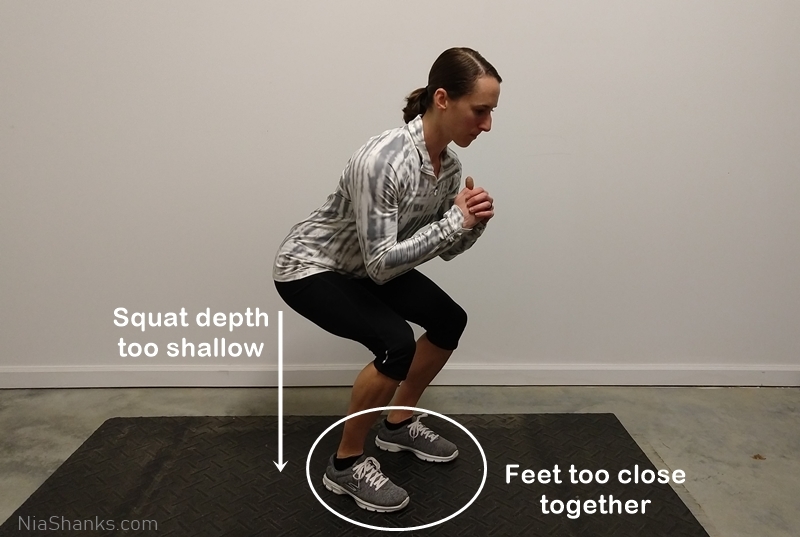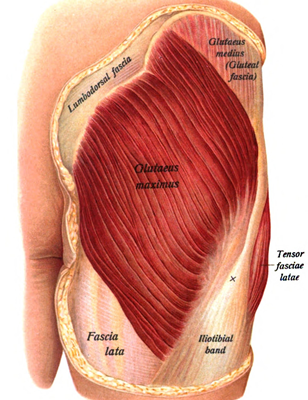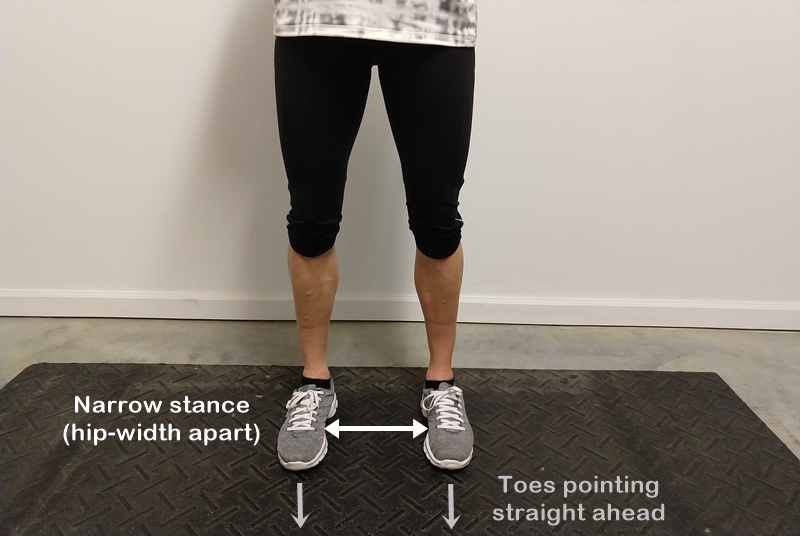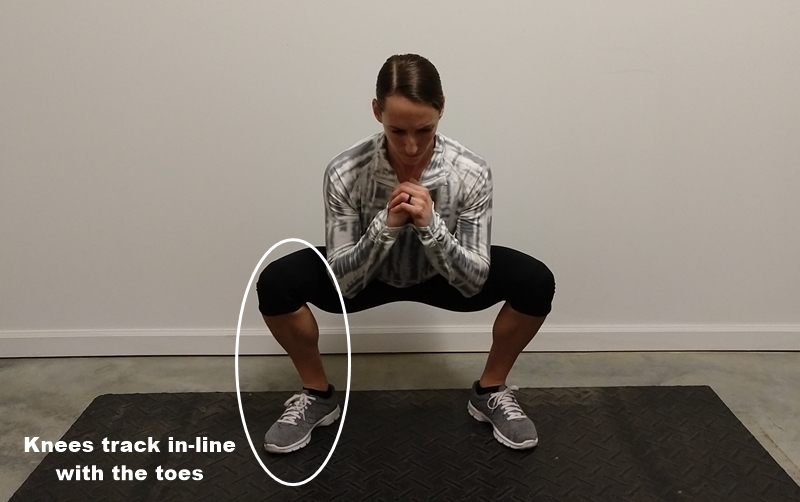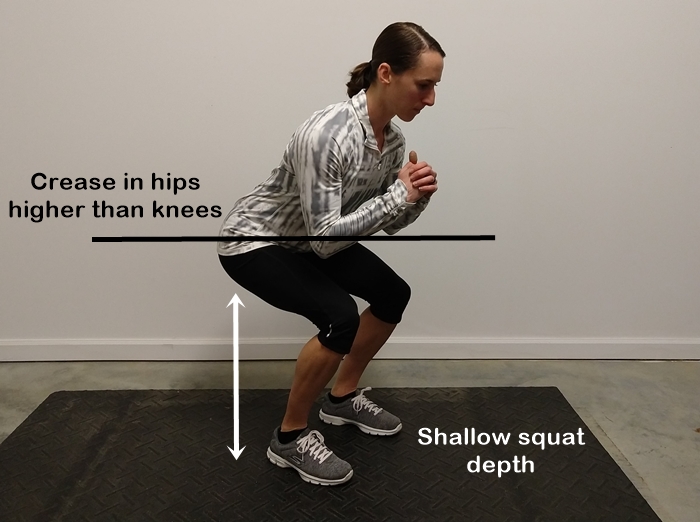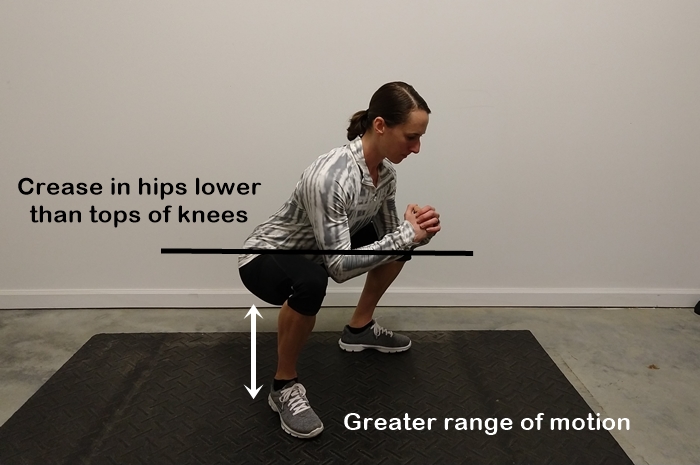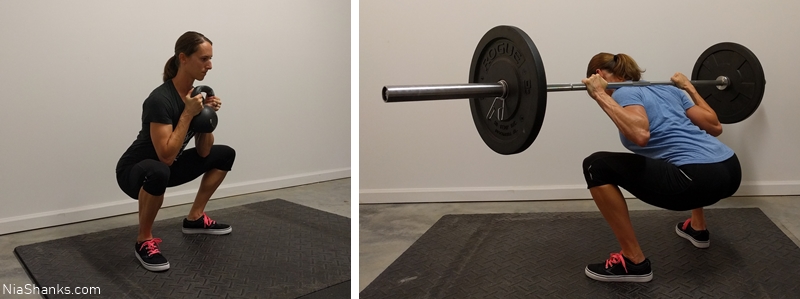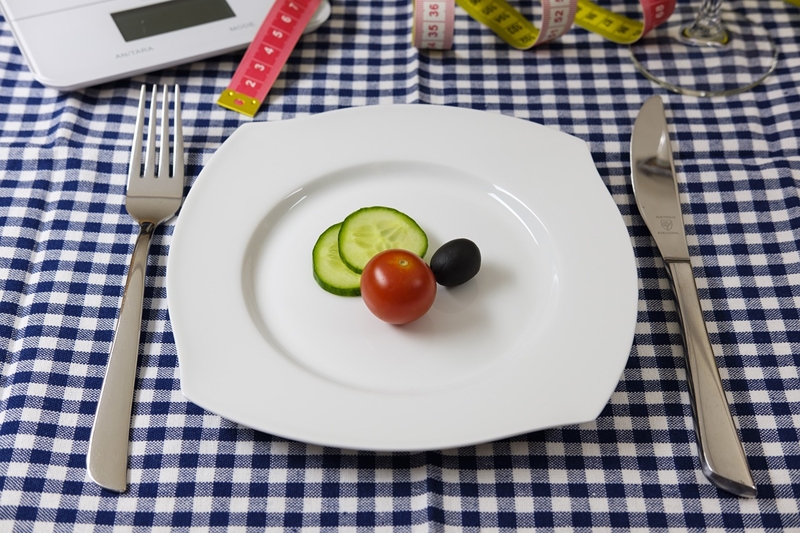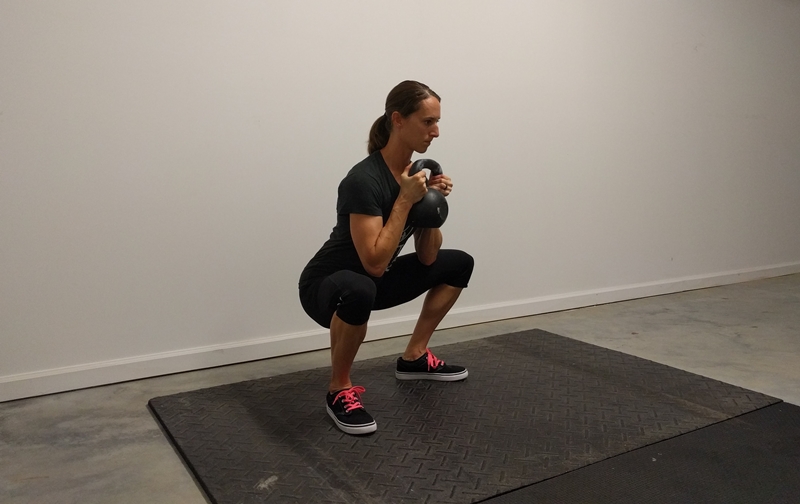“Ugh, I hate my thighs.”
“I hate seeing this flab on my stomach.”
“I need to work out more because I hate how my arms look in tank tops.”
Ask almost any woman if there’s a part of her body she’d like to change or improve and you’ll likely receive an immediate reply. Perhaps you’ve said something similar to the comments above about your body at some point (or even today).
Do you want less fat, more muscle definition, to fit into that favorite pair of jeans?
Start by disliking your body a little bit less. Sounds crazy, I know. But it works.
To build a better-looking body, or one you simply feel great occupying, the magic happens when you change your perspective from what most people do to something that’s actually helpful.
When you transition from thinking things like this: “Ugh, I have to work out more and eat better because I hate how my body looks.”
To thinking like this: “I’m going to work out and eat well to feel incredible, to get stronger, and to invest in my health.”
Transitioning from the former mindset to the latter makes the process of building a healthier, better-looking body enjoyable. Working out and eating well becomes something you get to do and is no longer something you have to do. What you do to feel good instead of what you do because you dislike your body.
Many women dive headfirst into a bottomless pool of body hatred — they think hating the fat on their butt or thighs is useful fuel to transform their body. But it’s not. Trying to “hate your way” to a better body turns exercise into punishment and can lead to an unhealthy relationship with food from trying to avoid “bad foods” and vowing to eat only “diet-friendly,” good foods.
Self-improvement is good. Trying to hate your way there is not.
You’re entitled to feel good about yourself. Reaching a particular body shape, size, appearance you desire isn’t a prerequisite.
Remove all disgust and dislike from the equation. Rephrase the statements you make about your body.
Go from this: “I’m very weak.” To this: “I’ve got great potential to get a lot stronger.”
From this: “I need to lose a lot of fat.” To this: “There are a couple changes I can make that will lead me in the direction I want to go.”
From this: “My genetics suck and make achieving any results extremely hard.” To this: “I know it’s tougher for me to get the results I want, but knowing that is good so I can take action. With patience and persistence I can make excellent progress.”
Think about the self-talk you engage in. What do you frequently say to yourself about yourself? How can you rephrase those comments into something helpful and productive? If you’re accustomed to the not-so-nice self-talk, meaning, you’ve been saying unkind things about your body for years, or decades, this isn’t a quick fix. Be vigilant in catching these comments, and immediately rephrase them.
If you feel like you’ve been fighting against your body, adjust your perspective so you can more effectively get positive results. Forget about trying to get rid of the fat on your stomach or legs or other parts you may dislike and focus on doing things that are enjoyable, or at the very least, empowering.
Go to the gym to get stronger, not to burn calories.
Eat more of the foods that make you feel great and give you energy and help you recover from workouts; don’t obsess over foods you should eat less of or vow to avoid foods that can be enjoyed in moderate amounts.
Ditch the avoidance mindset that accompanies most diets (“I shouldn’t eat that”) and choose to focus on eating more lean-protein sources, more lower-calorie, high-volume foods like veggies, fruits, and whole grains.
Celebrate all victories along the way instead of glossing over them and obsessing over how far you still feel like you have to go.
You’ve likely discovered how ineffective fighting against your body can be. Why not try something different? Something empowering.

